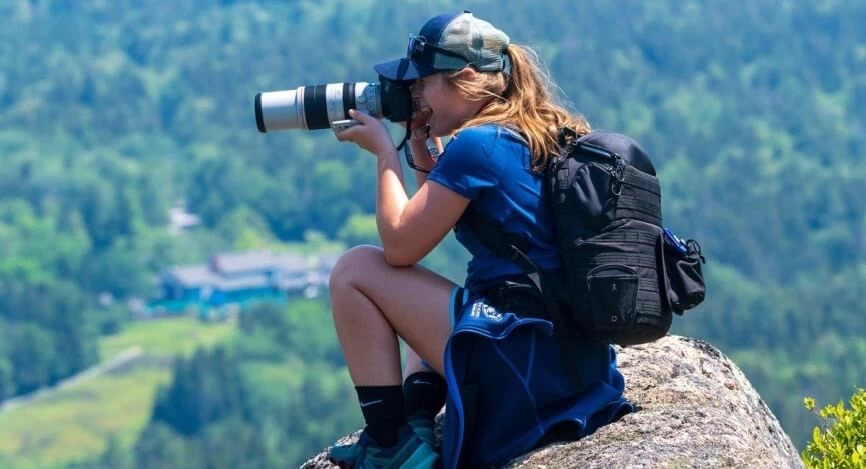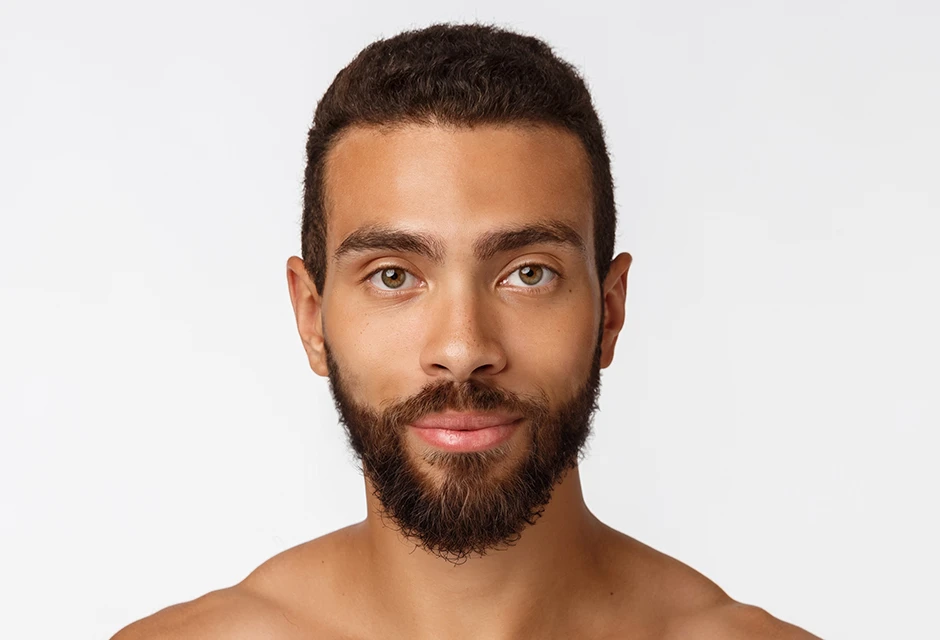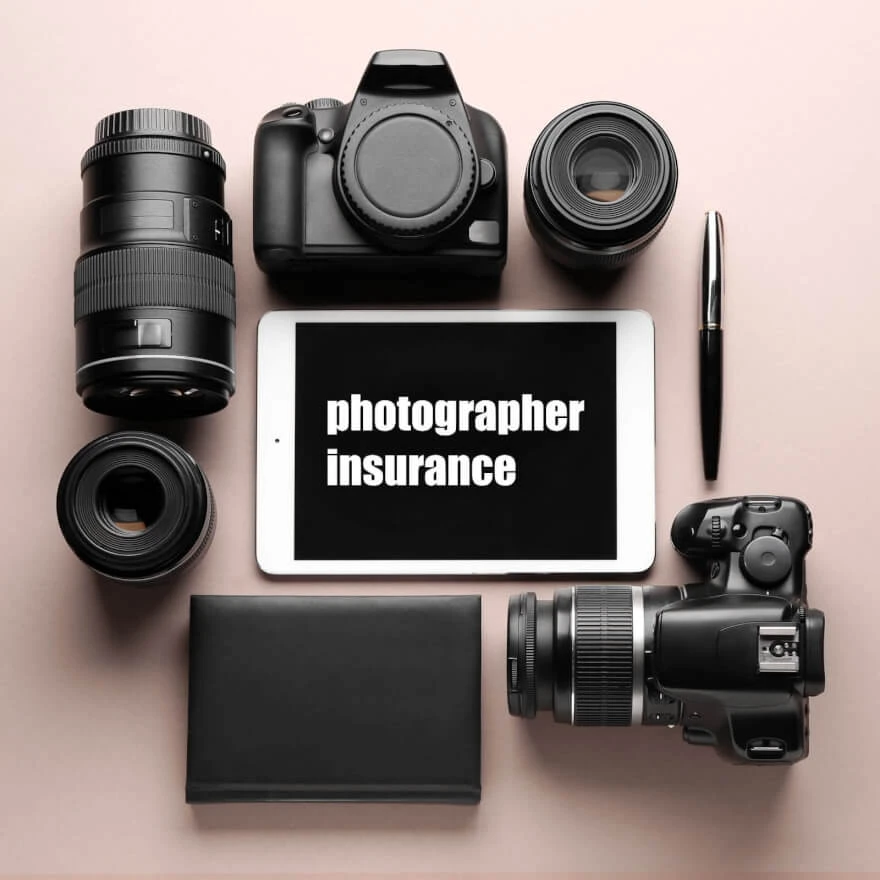Best сamera sling bag

- Backpacks and Messenger bags
- Shoulder bags
- Hard cases
- Camera holster bag
- Sling bags
- Everyday Sling by Peak Design
When it comes to choosing how to carry your camera, the first thing that comes to mind is to just let it be on your neck or your shoulder. But sometimes you need just more than that to be able to carry some additional equipment. The market is filled with offers for you to choose any sort of carrying bag. There is no ideal camera carry bag, the choice depends on what you would use it for. Professional photographers usually have two or three types of bags for certain circumstances. To choose the right one you shall answer the main questions to ease your choice :
- How much gear do I need to carry on?
- Should it be waterproof?
- Do I use a tripod?
- Do I need fast access to the camera?
Let us take a look at the most common types of camera bags and cases that will cover the better part of your needs, no matter if you are a casual photographer or a professional one.
Backpacks and Messenger bags
Those are the biggest ones. Backpacks provide a lot of space. It is a good travel camera bag because it is capable of packing not just photography gear but a lot of other items and even clothes. Backpacks are very comfortable to carry on your back, that way your hands would be free at the same time. The backpack is capable of carrying a DSLR camera and a couple of lenses, plus some small accessories.
Backpacks are good for hiking but there are also exceptions like Lowepro Vertex 300 AW which weight is about 4 kilograms being empty. That one is too heavy for hiking but good for transporting lots of equipment. The major downside of backpacks is that you might need some time to get to your camera but you can also take a look for a camera sling backpack to get faster access.

Shoulder bags
Shoulder bags are good in cases when you need to change or replace your equipment more often than a backpack allows you to. It opens up quite easily when you need to attach a lens or change your battery being in action. It usually has a wide strap for the shoulder but smaller versions could be attached to your waist. Shoulder bags have a vary of sizes and designs. Some of them are capable of carrying just one camera, another one could carry multiple lenses along with the camera.

Hard cases
These types of bags will protect your equipment in the best way possible. Its durability will not let you worry about gear safety even if you accidentally drop the case, that is what it is designed for. The outer rigid frame would protect from outside influence, while inner padding would reduce the shock. Hard cases have a variety of sizes, some of them could be hand-carried, others have even wheels and extension handles to ease the carrying.
The obvious downside is that you don’t use hard cases like this to shoot on a go but mostly for transporting equipment between places where you work on photos. This type of product is considered a professional camera bag.

Camera holster bag
Also known as ‘Toploader’ because of how the camera is oriented inside down. Most popular among publicists and tourists. Hostler bag provides good camera accessibility but lack of space will not let you get that much in there besides probably one lense unless you have a specific model for professionals. Mostly used as a simple protective camera case.

Sling bags
It is a type of backpack with only one strap on it. A fairly recent invention among camera bags is most beloved by event photographers and newsmakers. Good accessibility allows you to stay in touch with your camera but less space compared to backpacks makes you choose equipment to carry more precisely. Sling bags took their place between backpacks and shoulder bags. But everything has its cons and pros. Backpacks could be a good choice for hiking and carrying a lot of equipment thus it is going to be less comfortable for public transport usage due to big size. Also, using a backpack, you would have less access to your equipment underway. This is when sling bags are good to go.
Sling bags are more flexible. They have more diversity in terms of design, capacity, and faster equipment access. All sling bags works differently. Some of them are good to gear for mobile photography and for carrying everyday items, those bags usually have small internal space. But if you need to carry more bulky equipment, like different types of lenses, internal space becomes a crucial factor. And how much you can carry is decided by the sling bag’s design and its manufacturer.

Most of the sling bags from different manufacturers have pretty much the same features. The most differences are in details such as shoulder straps, hooks, zips, the number of compartments inside, and of course the exterior and interior design. We will review the list of features that contain sling bags with a very popular product manufactured by Peak Design company.
Everyday Sling by Peak Design

Peak Design Everyday Sling is perhaps the most recognizable camera sling bag among photography lovers, it has been represented in three different sizes. The sizes are measured as liters and represent internal space volume. There are three liters, six liters, and ten liters size for Everyday Sling.
The most popular colorways are ash and black. The exterior of a bag has been made of weatherproof 400 D nylon canvas which is d-w-i impregnated and doubles poly-coated. It is made of a hundred percent recycled plastics and blue sign approved, except for the black colored versions.
It is a very durable material and yet is sustainable and ethical at the same time.
The brand accents are a nubuck leather or a hyper line if you are with the black.
There is heavy-duty nylon webbing in the handles the straps and the accessory loops. And we have a mixture of plastic and metal hardware on the buckles and the hooks. If you are really into zips, Peak Design has introduced ultra zip. Ultra zip has been designed and engineered to have superior abrasion resistance. Zippers are also rainproof.
If we take a look in the front, we have a quick access compartment here. This is a good option to put your keys or maybe your phone and other daily carry items here. On either side of the sling, we have handles that are great for hauling it around. It also serves as attachment points for capture clips, you can buy these parts separately. Right at the top, we have the whole handle which is simply used for holding the bag up. And of course, there is an adjustable shoulder strap. The strap contains a hook, which you use to take off and detach the sling of your body. Also, there is a quick adjuster, which allows you to quickly adjust the slap on the strap. Strap as a whole is connected with a bag by an axial strain, that way it allows the bag to auto adjust to fit the most comfortable carrying. You can also use the strap to carry your bag as the waist or a hip bag which will provide additional stability and comfort of usage. There is an additional feature of Peak Design’s Everyday Sling, which allows you to attach additional equipment such as a tripod right at the bottom of your bag. It uses cord hooks which you also need to buy separately so it is an optional kit.

Let take look at the list of features, represented inside the bag. Here we can see that you are given two flex fold dividers. Dividers are adjustable. It is flexible and removable to allow you to organize your space. Also, these folders are able to make a cubby that has two different spaces as in the illustrated photo below.

You can also pop the upper slit down of the divider to use it as a pass-through for something that is much bigger than would go across the sling. Dividers for Everyday Sling are unique and were designed specifically for that model.
On both sides of the main compartment, there are stretchy pockets that are comfy to store batteries or any additional items. Just above that, we have a small zippered compartment for extra organization. There are four stretchy pouches here. You can see that the pockets are bar tact with different colors to help you organize with a bit more intentionality. You can put empty batteries or sd cards on one side and those that are in use on another side.

And then behind all of that, there is a slip that perfectly fits a tablet.
The major difference between 3L/6L/10L series is that the 3L dimension bag has only one flexible divider. A Ten-liter sling has no stretchy pockets on the sides like a three-liter sling. The ten-liter sling can only be worn over the shoulder or used as a crossbody camera bag, not as a hip bag. Also, the whole handle is big enough to be used as a luggage pass-through. 6L bag can hold iPad pro and 10L bag is able to carry 13-inch MacBook pro inside. There is also a 5L version that can be used as a DSLR camera sling bag because storage is enough and a mirrorless body can fit there for sure but for that matter is better to use a more compact version of the camera sling bag.
There are other sling camera bag manufacturers worth mentioning. But as being said, most of the parts are the same but design. The best thing about sling bags is their convenience and simplicity, it just keeps it essentials and gives you a little bit more feel of comfort.
Co-founder of RetouchMe. In addition to business, he is passionate about travel photography and videography. His photos can be viewed on Instagram (over 1 million followers), and his films can be found on his YouTube channel.
Moreover, his profile is featured on the most popular and authoritative resource in the film industry — IMDb. He has received 51 international awards and 18 nominations at film festivals worldwide.

with RetouchMe














